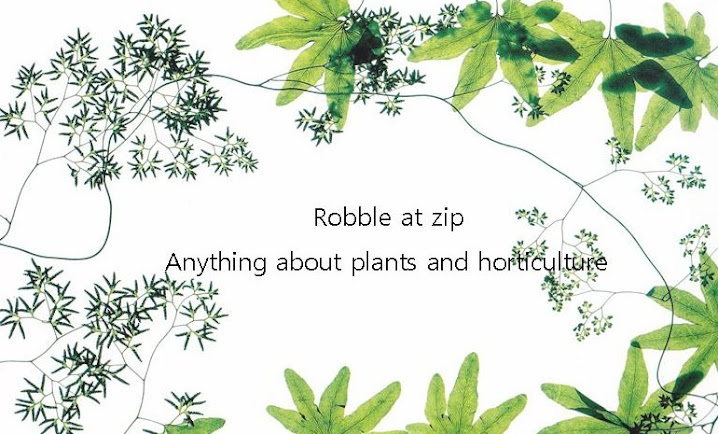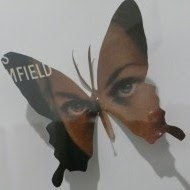I mentioned in an earlier post that I had started a watergarden. Its an old metal washtub with some reeds in it, as well as some Thai mint and a native Australian waterplant called Marsillea. Every time I look into the water, its full of wrigglers (mosquito larvae) The best solution to get rid of the wrigglers was to get some fish.
I went to Aqua Pets in Bondi Junction and got 6 Tanichthy albonubes, common name White Cloud Mountain Minnows. They are hardy fish which can survive warm or cool water temperatures. They are extinct in their native habitat of Guandong, China, and were originally discovered by a Boy Scout leader in the 1930’s. They are a member of the Carp family, which is already setting off alarm bells in my head as Carp are a huge pest here in Australia and are decimating native fish populations and causing widespread riverbank erosion, here in Australia.
Like many other plant and animal species, they are great when kept in a confined area, but become a problem when exposed to another environment where they may dominate and takeover because of their ability to thrive in a variety of situations.
I don’t know whether this species of fish could ever become a problem in the wild, but its always good to be aware of the potential.














































